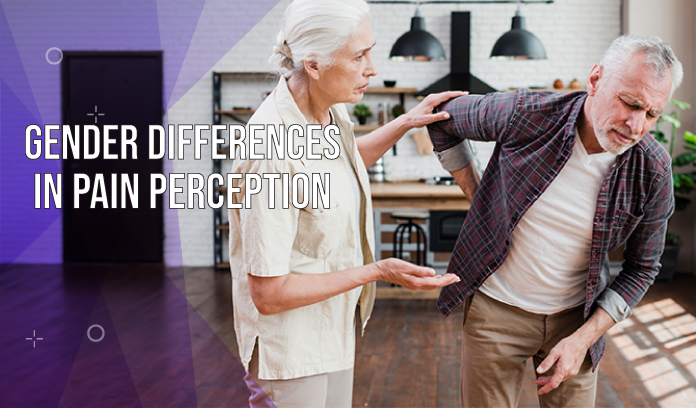Pain perception is a complex phenomenon influenced by various factors, including biological, psychological, and social variables. Among these factors, gender plays a significant role in shaping how individuals experience and respond to pain. Understanding gender differences in pain perception is crucial for providing effective pain management strategies tailored to each individual’s needs. In this comprehensive guide, we delve into the intricacies of pain perception, explore the factors contributing to gender disparities in pain experiences, and discuss implications for healthcare professionals and patients alike.
Biological Variability
Gender differences in pain perception can be attributed to biological variability, including hormonal fluctuations, genetics, and neurobiological factors that influence pain sensitivity and response.
Hormonal Influence
Hormonal differences between males and females, such as estrogen and testosterone levels, can affect pain processing pathways in the brain and spinal cord, leading to variations in pain perception and responses to analgesic medications.
Pain Threshold
Pain threshold refers to the point at which a stimulus is perceived as painful. Research suggests that females generally have lower pain thresholds than males, meaning they may perceive pain at lower levels of stimulation.
Pain Tolerance
Pain tolerance refers to the maximum amount of pain a person can endure before seeking relief. Studies have shown that males tend to have higher pain tolerance levels compared to females, although individual differences exist.
Sociocultural Factors
Sociocultural factors, such as gender roles, societal expectations, and cultural norms, can influence how pain is expressed, perceived, and managed among males and females.
Psychological Factors
Psychological factors, including stress, anxiety, depression, and coping mechanisms, can impact pain perception differently in males and females, contributing to gender differences in pain sensitivity and response.
Pain Modulation Systems
Gender differences in pain modulation systems, such as endogenous opioid pathways and descending pain inhibitory mechanisms, may contribute to variations in pain processing and responses to pain management interventions.
Pain Reporting
Research suggests that females are more likely to report and seek pain treatment compared to males, possibly due to differences in pain sensitivity, socialization, and healthcare-seeking behaviours.
Chronic Pain Conditions
Certain chronic pain conditions, such as fibromyalgia and migraine, are more prevalent in females than males, highlighting gender-specific differences in pain experiences and treatment needs.
Pain Perception Across the Lifespan
Gender differences in pain perception may vary across the lifespan, with studies indicating that pain sensitivity and responses to pain change with age, hormonal fluctuations, and life experiences.
Conclusion
Gender differences in pain perception are multifaceted, involving biological, psychological, and social factors. By understanding these differences, healthcare providers can deliver more personalized and effective pain management strategies. By acknowledging and addressing the unique needs of each individual, we can work towards improving pain relief and enhancing the quality of life for all. Remember to consult a medical professional for personalized advice and treatment options tailored to your specific needs.

